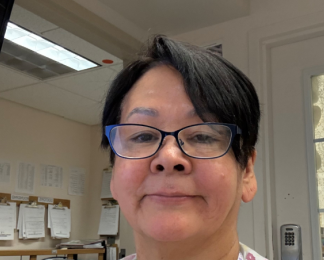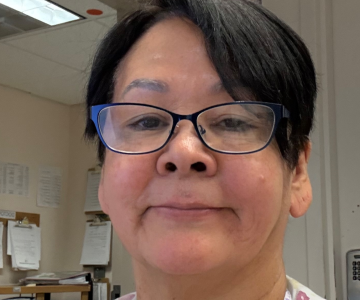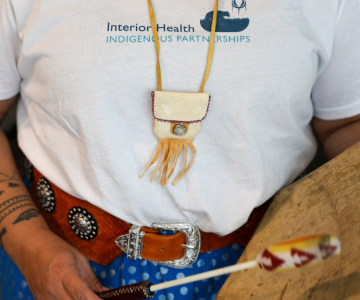Physical medicine and rehabilitation physicians, also known as physiatrists, are medical doctors or doctors of osteopathic medicine (DO) who specialize in the evaluation and treatment of patients who are experiencing functional impairments secondary to a broad spectrum of conditions or disease processes, including but not limited to: stroke, spinal cord injury, traumatic brain injury, major trauma, cardiopulmonary dysfunction, and severe medical illness.
The Physiatry Clinic at Royal Inland Hospital treats the following:
Neurological conditions such as:
- Strokes and other acquired brain injuries
- Chronic neurologic diseases such as ALS, MS, Parkinson’s disease
- Spinal cord injuries
- Congenital conditions such as cerebral palsy and spina bifida
- Peripheral nerve injuries
Musculoskeletal and orthopedic conditions such as:
- Complex orthopedic injury
- Soft tissue injury
- Degenerative joint disorders in upper body, lower body and spine
- Spasticity/dystonia conditions with Botox treatments
- Amputee – both pre-amp assessments and early post-discharge management
Resources
Frequently Asked Questions
What does a physiatrist do?
Physiatrists can be medical doctors (MD) or doctors of osteopathic medicine (DO) and practice in a variety of clinical settings, including
inpatient and outpatient facilities.
They specialize in the evaluation and treatment of patients who are experiencing functional impairments secondary to a broad spectrum of disease processes.
Physiatrists work with you to create a wholistic rehabilitation plan that can include additional treatments such as physical, occupational, speech therapies, orthotic, prosthetic and psychological services.
The ultimate goal is to to include collaborating with the patient in helping restore function, including mobility and daily activities, in the capacity their body allows, and to help maximize their independence and quality of life.
Can the physiatrist do pediatric rehabilitation?
Yes. The physiatrist will use an interdisciplinary approach to preventing, diagnosing, treating and managing congenital and childhood-onset physical disabilities.
How is a physiatrist different from a physiotherapist?
Physiatrists are the bridge between the therapy profession and the medical profession. Physiatrists have the ability to help manage the medical factors that effect a person’s function, collaborating with the physiotherapist to then implement movements and exercises in promoting mobility.
Are all appointments in person?
The initial consult is almost always in person so the physiatrist can do a physical assessment and in-depth review of medical history. Depending on the type of appointment and per the doctor’s discretion, a follow up appointment may be conducted via Tele – Medicine, either over the phone or using Zoom.
What should I bring to my appointment?
Please wear comfortable clothing to ease your physical examination. Bring a current list of medications. You are welcome to bring a caregiver or interpreter to your appointment if needed.
Find Locations
STAY CONNECTED
















